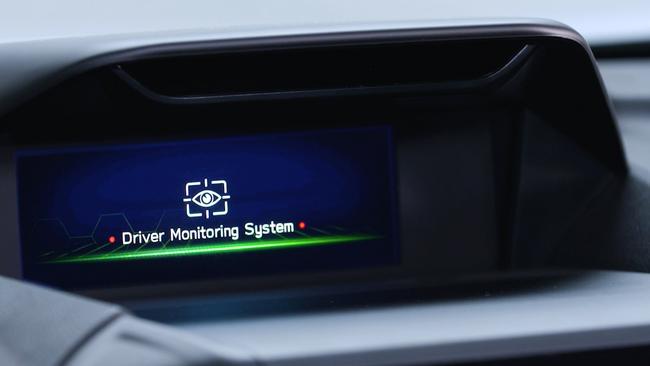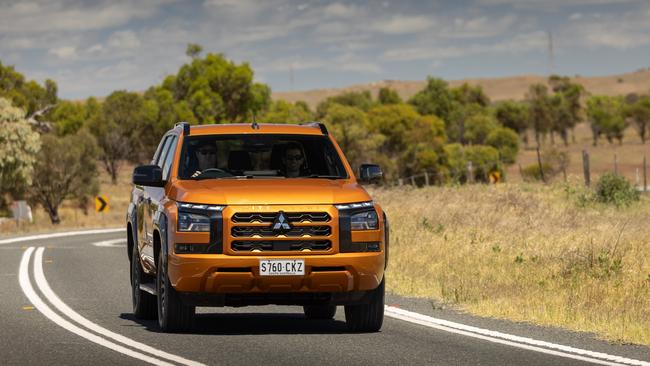Frustrated drivers turn off lifesaving safety feature
This technology is supposed to help drivers avoid accidents but it is becoming more of a nuisance than a help, prompting some to take drastic action.
Frustrated drivers are turning off modern safety systems designed to prevent crashes.
Features intended to ward off distraction and make sure drivers remain safely in their lane have proven so annoying to some drivers that the features are frequently disabled by customers.
This trend has prompted Australia’s safety body to address the very technology it once championed for five-star safety ratings.

The Australasian New Car Assessment Program (ANCAP) announced yesterday it will roll out a pilot study to examine the real-world usability of lane support systems (LSS) such as Lane Keep Assist (LKA) and Emergency Lane Keeping (ELK).
ANCAP’s Chief Executive Officer Carla Hoorweg said their objective was to enhance safety without it becoming a source of “frustration”.
“Unfortunately the behaviour of these vehicles is having consumers question the benefits of these systems, and in some cases, turn them off,” she said
ANCAP hopes that by highlighting the differences in vehicle behaviour and sharing these results, manufacturers will be encouraged to refine their systems, and in turn improve drivers’ acceptance of these systems.

The results of the ANCAP pilot project will be shared with manufacturers and used to inform ANCAP’s upcoming 2026-2028 test protocols and criteria.
Many new cars are adopting the DMS feature but the latest Mitsubishi Triton was the first ute to feature an in-built DMS, earning a five star rating from ANCAP under the latest 2023-2025 testing criteria in April 2024.
However, Mitsubishi’s system has been widely criticised for its sensitivity.
Even minor actions like yawning or sipping a coffee would trigger warnings, distracting drivers.

In response, Mitsubishi Motors announced it would update the driver monitoring system.
As the world increasingly adopts advanced driver monitoring systems, Australia finds itself at a crossroads.
While Europe has rapidly implemented a range of safety features in response to high road fatality rates, Australia has been slower to roll out these systems despite experiencing its deadliest road toll in 12 years.
Data from the Australian Automotive Association showed a 11.7 per cent surge in deaths from July 1, 2023 to June 30, 2024, with the total road toll reaching 1310 fatalities.

Australasian College of Road Safety CEO Ingrid Johnston said safety features need to be delivered in a timely manner.
“Delaying mandatory adoption means it could take 15 to 20 years for them to become widespread,” she said.
However, recent research from the Insurance Institute for Highway Safety (IIHS) in the United States shows that these partial automation systems might not be as beneficial as we think.
IIHS President David Harkey said that there’s little evidence that partial automation prevents crashes.
“Everything we’re seeing tells us that partial automation is a convenience feature like power windows or heated seats rather than a safety technology,” he said.
More Coverage
Originally published as Frustrated drivers turn off lifesaving safety feature



